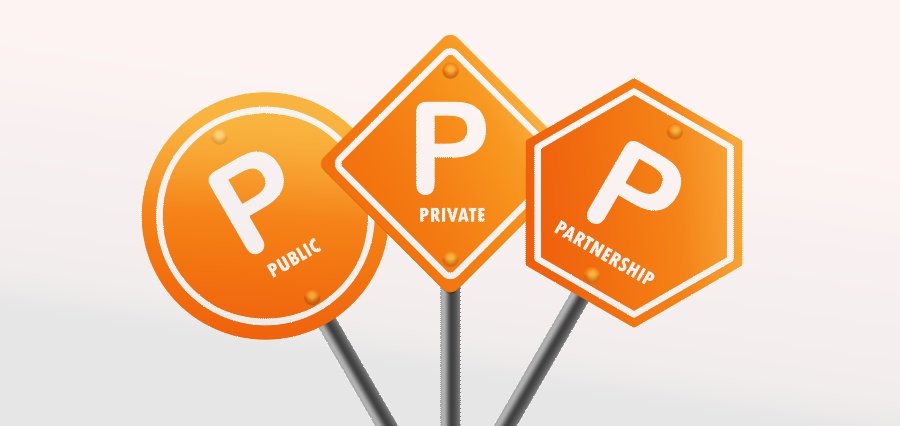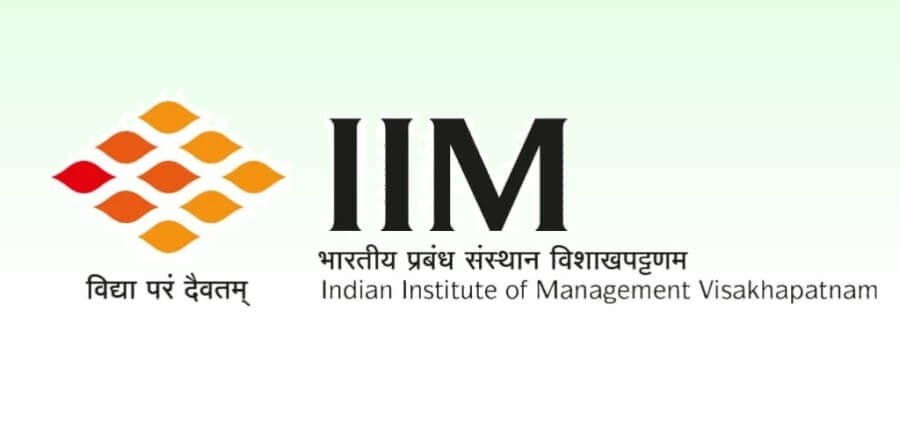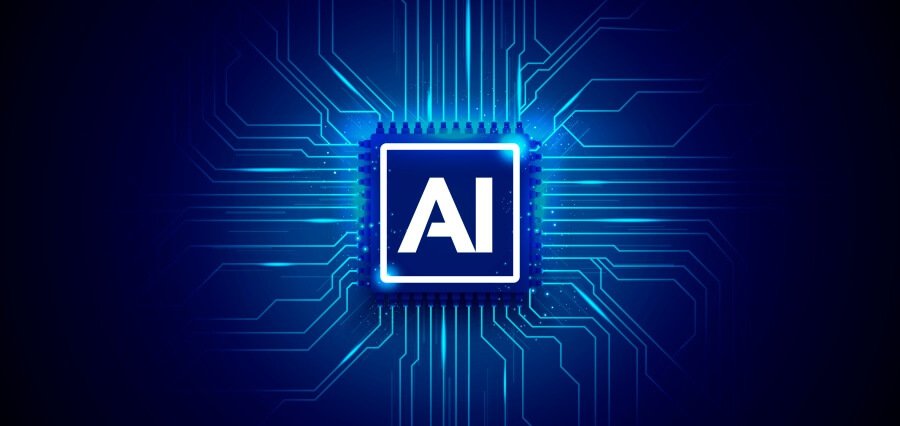In India, the biggest question that the constituting of an inclusive education system raises is more than integration alone; it has to make sure that there is a well-formulated framework that will ensure equitable access to quality education for each of them irrespective of their ability or socio-economic status. That is possible only through partnership between the public and private sector to address systemic issues and sustainability.
According to experts, inclusion is more than just providing a common platform for bringing children from different backgrounds together. It is also allowing all students-including those with disabilities and those from marginalized communities-to have the necessary wherewithal to succeed academically. Though inclusion has never been thought about on Indian education platforms for decades, ways NEP and RPWD, 2016, portray lead to greater impediments in this respect. Such policies are working to include all learner diversities inside educational premises by providing equal opportunities of education for children with disabilities and those belonging to disadvantaged socio-economic backgrounds.
Children with disabilities must attend regular schools under the RPWD Act. Changes in curricula, infrastructure, and teachers’ skills for a range of learners are in great demand. However, the actual challenge is not merely in the framework of the law but in other implementation aspects because it is not homogeneous across different regions and because resources are often too limited, primarily within more rural, economically disadvantaged areas.
Public-private partnerships may fill important gaps in this respect. Funding, skill, and technological changes can all be added to the much-needed government initiative for education to extend it towards greater inclusiveness. Examples include private enterprises and foundations supporting professional development of teachers, helping develop adaptive learning materials and improving infrastructure and other tools for schools to effectively implement inclusive practices.
It helps fill resource gaps, mainly in underserved areas, through collaboration between government bodies, NGOs, and private sector stakeholders. Such partnerships are enhancing teacher training while providing much-needed financial and technological support to schools without sufficient funding for inclusive reforms.
Inclusive education benefits all students. It is a culture of diversity, empathy, and equality that prepares future generations for a more inclusive society and workforce. As a matter of fact, research shows that exclusion of people with disabilities leads to substantial economic losses. A World Bank report estimates that excluding people with disabilities from the workforce could mean a loss of up to 7% of a country’s GDP.
In the Indian context, inclusive education is both a moral imperative and an economic necessity. Strengthening collaboration between the public and private sectors could speed India’s path toward an education system that really works for all of its children, as every child deserves chances to succeed.





